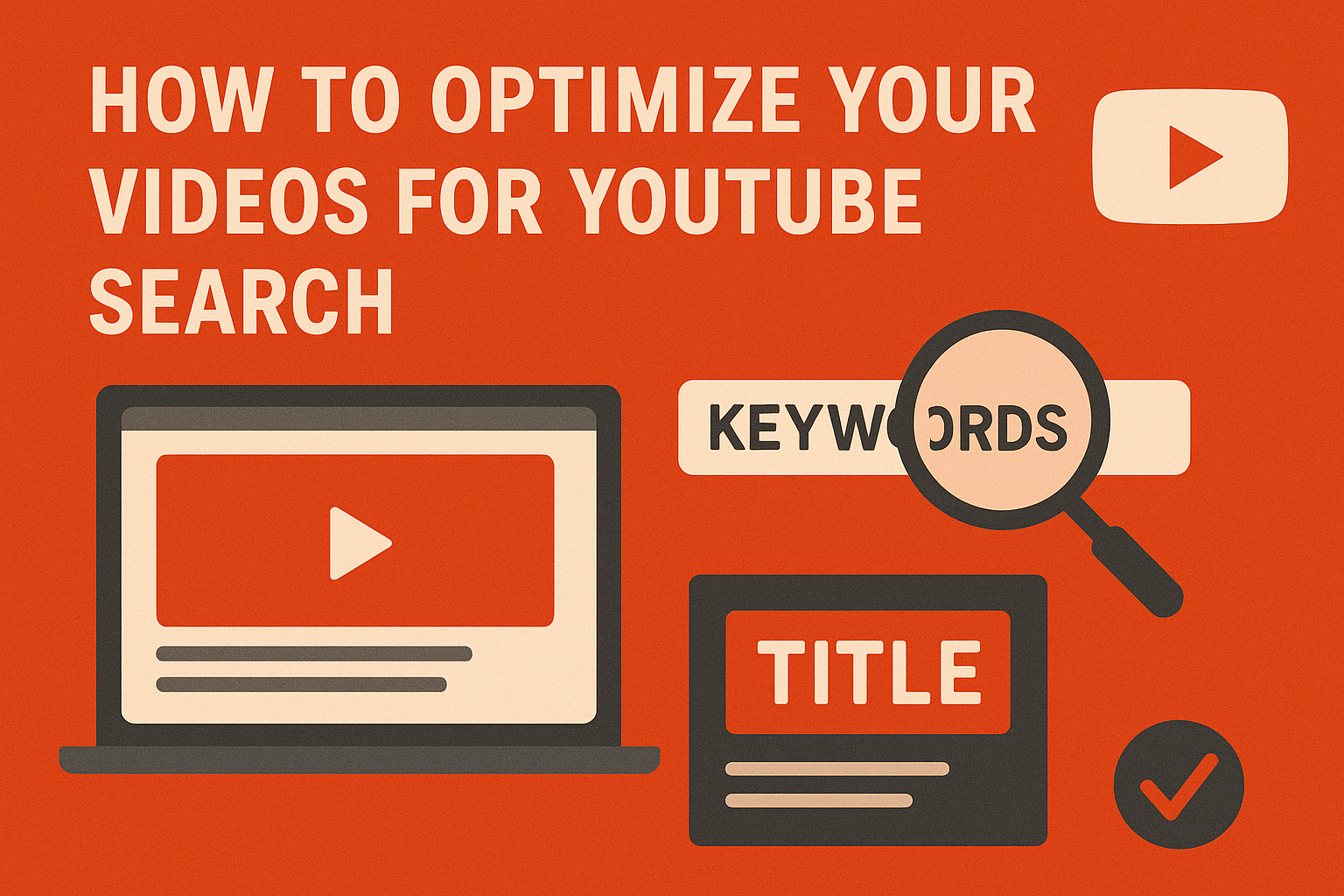Introduction
Digital marketing is an ever-evolving field, with new trends and technologies emerging each year. As we move further into 2024, staying updated on these trends is crucial for businesses looking to maintain a competitive edge. This article explores the top digital marketing trends that are set to dominate the landscape in 2024, providing insights and strategies to help you stay ahead.
The Rise of AI in Digital Marketing
Artificial intelligence (AI) continues to revolutionize digital marketing, offering unprecedented capabilities for personalization, customer service, and predictive analytics.
AI-Powered Customer Service
AI-powered chatbots and virtual assistants are becoming increasingly sophisticated, providing instant and efficient customer service. These tools can handle a wide range of inquiries, from answering frequently asked questions to guiding users through complex processes, significantly enhancing the customer experience.
Predictive Analytics
AI-driven predictive analytics helps businesses anticipate customer behavior and trends. By analyzing historical data, AI can forecast future actions, enabling marketers to create highly targeted campaigns that resonate with their audience.
Personalization at Scale
AI allows for the delivery of personalized content at scale. By leveraging machine learning algorithms, businesses can tailor their marketing messages to individual users based on their preferences, behavior, and past interactions, leading to higher engagement and conversion rates.
Video Marketing Dominance
Video continues to be a dominant force in digital marketing, with various formats and platforms offering unique opportunities for engagement.
Short-Form Video Content
Short-form videos, particularly on platforms like TikTok and Instagram Reels, are immensely popular. These bite-sized, engaging videos capture the audience’s attention quickly and are highly shareable, making them an effective tool for brand awareness.
Live Streaming
Live streaming provides an authentic way to connect with audiences in real-time. Platforms like YouTube, Facebook, and Instagram allow brands to host live events, Q&A sessions, and product launches, fostering a sense of community and immediacy.
Interactive Videos
Interactive videos enable viewers to engage with content actively. Features like clickable links, polls, and quizzes within videos can boost engagement and provide valuable insights into audience preferences.
Influencer Marketing Evolution
Influencer marketing continues to grow, but the focus is shifting towards more authentic and long-term partnerships.
Micro-Influencers
Micro-influencers, who have smaller but highly engaged followings, are becoming more valuable to brands. Their content often feels more genuine and relatable, leading to higher trust and engagement from their audience.
Authenticity Over Popularity
Consumers are becoming wary of overly polished influencer content. Brands are now prioritizing authenticity over follower count, seeking influencers who genuinely align with their values and can create authentic content.
Long-Term Partnerships
Instead of one-off campaigns, brands are forming long-term partnerships with influencers. This approach helps build stronger relationships and more consistent brand messaging, leading to greater trust and loyalty among followers.
Voice Search Optimization
As voice-activated devices become more prevalent, optimizing for voice search is essential.
Importance of Voice Search
Voice search is changing how consumers find information online. With the rise of smart speakers and voice assistants, more people are using voice commands to search for products and services.
Strategies for Optimization
To optimize for voice search, focus on natural language keywords and conversational queries. Structured data and concise, informative answers to common questions can improve your chances of appearing in voice search results.
Social Media Shopping
Social media platforms are becoming powerful e-commerce channels, blurring the lines between social networking and online shopping.
Shoppable Posts
Platforms like Instagram and Facebook now offer shoppable posts, allowing users to purchase products directly from social media. This seamless integration of social media and e-commerce simplifies the buying process and boosts conversion rates.
Social Commerce Platforms
Dedicated social commerce platforms are emerging, providing brands with new opportunities to reach and engage customers. These platforms combine the social aspects of networking with robust e-commerce features.
Data Privacy and Security
With increasing concerns about data privacy, brands must prioritize security and transparency.
Consumer Trust
Building consumer trust is crucial in today’s digital landscape. Transparent data practices and robust security measures can help reassure customers that their information is safe.
Compliance with Regulations
Staying compliant with data privacy regulations, such as GDPR and CCPA, is essential. Brands must ensure they handle data responsibly and adhere to legal requirements to avoid penalties and build trust with their audience.
Interactive Content
Interactive content is a powerful way to engage audiences and provide a personalized experience.
Quizzes and Polls
Quizzes and polls are popular interactive content formats that can increase engagement and provide valuable insights into audience preferences and opinions.
Augmented Reality Experiences
Augmented reality (AR) is transforming the way consumers interact with brands. AR experiences, such as virtual try-ons and interactive product demonstrations, provide an immersive and engaging way to connect with customers.
Sustainability and Social Responsibility
Consumers are increasingly prioritizing sustainability and ethical practices in their purchasing decisions.
Green Marketing
Green marketing involves promoting products and practices that are environmentally friendly. Brands that demonstrate a commitment to sustainability can attract eco-conscious consumers and build a positive reputation.
Ethical Brand Practices
Ethical practices, such as fair trade, cruelty-free products, and social responsibility initiatives, are becoming more important to consumers. Brands that prioritize ethical practices can differentiate themselves and build stronger relationships with their audience.
Programmatic Advertising
Programmatic advertising automates the buying and selling of ad inventory, making the process more efficient and effective.
Automated Ad Buying
Automated ad buying uses algorithms and data to purchase ad space in real-time, ensuring that ads are shown to the right audience at the right time.
Real-Time Bidding
Real-time bidding allows advertisers to bid for ad space in real-time, ensuring that their ads are placed in front of the most relevant audience. This approach maximizes ad spend efficiency and improves targeting accuracy.
Omnichannel Marketing
Omnichannel marketing creates a seamless customer experience across all channels, both online and offline.
Seamless Customer Experience
A seamless customer experience ensures that consumers have a consistent and integrated experience with a brand, regardless of the channel they use. This approach enhances customer satisfaction and loyalty.
Integrating Online and Offline Channels
Integrating online and offline channels allows brands to provide a cohesive experience. For example, customers can research products online and then purchase them in-store, or vice versa, creating a more convenient and flexible shopping experience.
User-Generated Content
User-generated content (UGC) is a powerful way to build community and authenticity around a brand.
Building Community
UGC helps build a sense of community around a brand. Encouraging customers to share their experiences and content fosters engagement and creates a loyal customer base.
Authentic Brand Advocates
Customers who create and share content about a brand become authentic advocates. Their genuine experiences and recommendations can influence others and build trust in the brand.
SEO and Content Marketing
SEO and content marketing remain critical components of a successful digital marketing strategy.
Quality Over Quantity
Focusing on quality content that provides value to the audience is more important than producing large quantities of content. High-quality content improves search engine rankings and engages readers.
E-A-T (Expertise, Authoritativeness, Trustworthiness)
Google’s E-A-T guidelines emphasize the importance of expertise, authoritativeness, and trustworthiness in content. Creating content that meets these criteria can improve search rankings and build credibility.
Mobile-First Approach
With the increasing use of mobile devices, a mobile-first approach is essential for digital marketing success.
Mobile Optimization
Ensuring that websites and content are optimized for mobile devices is crucial. Mobile optimization includes responsive design, fast loading times, and user-friendly navigation.
Progressive Web Apps (PWAs)
PWAs offer a seamless user experience by combining the best features of web and mobile apps. They provide fast, reliable performance and can be accessed offline, making them a valuable tool for engaging mobile users.
Conclusion
Staying updated with the latest digital marketing trends is essential for businesses looking to succeed in 2024. From AI and video marketing to influencer partnerships and voice search optimization, these trends offer numerous opportunities to engage audiences and drive growth. By embracing these trends and adapting strategies accordingly, businesses can maintain a competitive edge and achieve their marketing goals.



